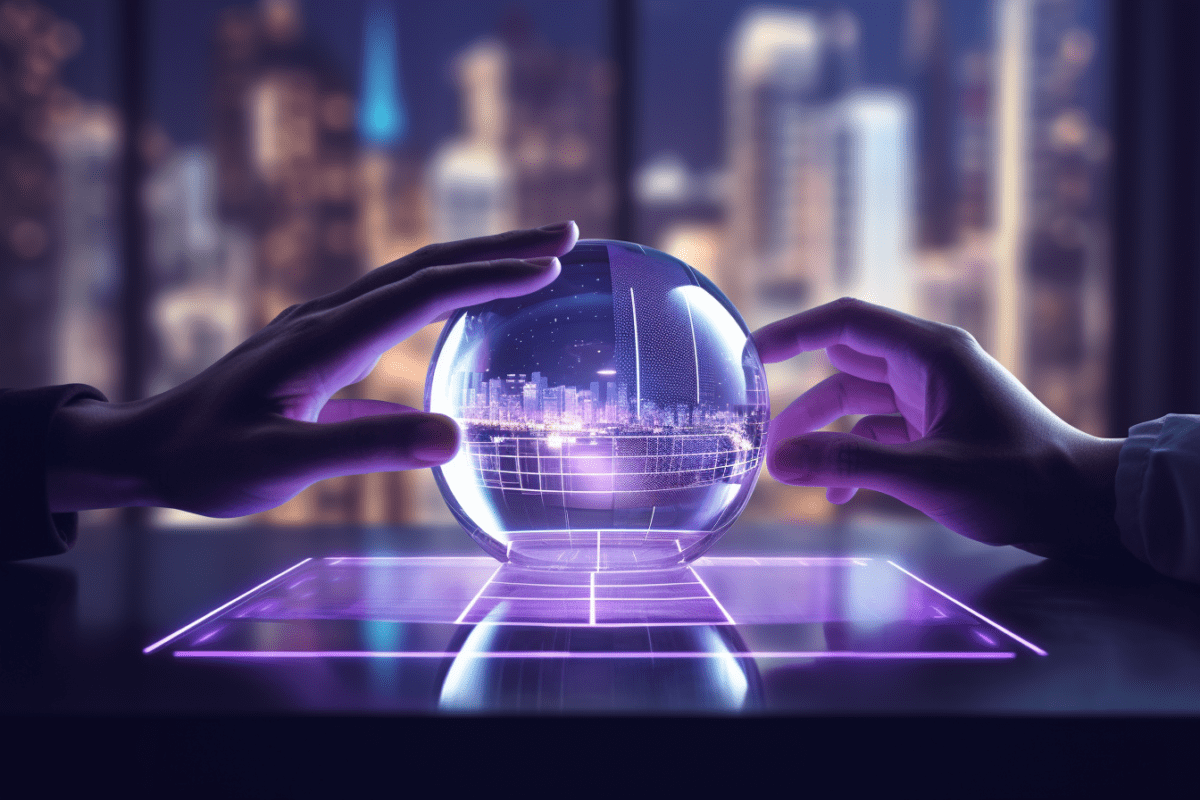Visualization and 3D rendering accompanied modern architecture towards the next step. This enabled architects and designers to greatly increase the quality of their construction processes, as well as accelerate and streamline building projects.
As modern technology advances, professional architects have more authority and potential over architectural processes. As a result, modern visualization techniques will help architecture to progress into a newer and better version, allowing builders to construct more attractive, purposeful, efficient, and superior buildings.
Evolution of Architectural Rendering Techniques
Table of Contents
Historical architecture rendering procedures have evolved significantly, moving from traditional manual approaches to cutting-edge digital technologies. This movement has been pushed by technological breakthroughs, changes in creative styles, and an increasing need for more realistic and efficient visualization.

Therefore, following are some major steps involved in the evolution of architectural visualization and future of 3D rendering methods from the beginning to present day:
- Hand-Drawn Renderings
Before the time of invention of computers, architectural representations were typically created by hand. Architects and designers utilized pencils, inks, watercolors, and markers to create intricate drawings. These renderings portrayed the design visually, however they missed precision and realism.
- Airbrush Techniques
With the introduction of airbrush technology, architectural representations featured more controlled shading and blending. This method enhanced the realism of renderings by improving the quality of light and shadow effects.
- Introduction of 3D Models
Physical 3D models eventually became a significant tool for architecture drawings. These models were made of foam, wood, or plastic, and provided three-dimensional representations of structures. They provided architects and clients with the opportunity to engage with actual structures and obtain a better knowledge of geometric connections. However, constructing these models was time consuming.

- Digital Rendering Software
With the emergence of specialized software for architectural rendering, architects built digital models and renderings with more control over lighting, materials, and textures. These digital rendering softwares helped in the creation of more realistic and dynamic visuals, hence improving communication among architects, clients, and stakeholders.
- Ray Tracing and Realism
Ray tracing technology enabled substantial advances in rendering processes. Ray tracing simulates light’s behavior, resulting in very realistic representations with exact reflections, shadows, and global lighting. This technology transformed architectural visualization, allowing architects to present projects in unparalleled depth and realism.
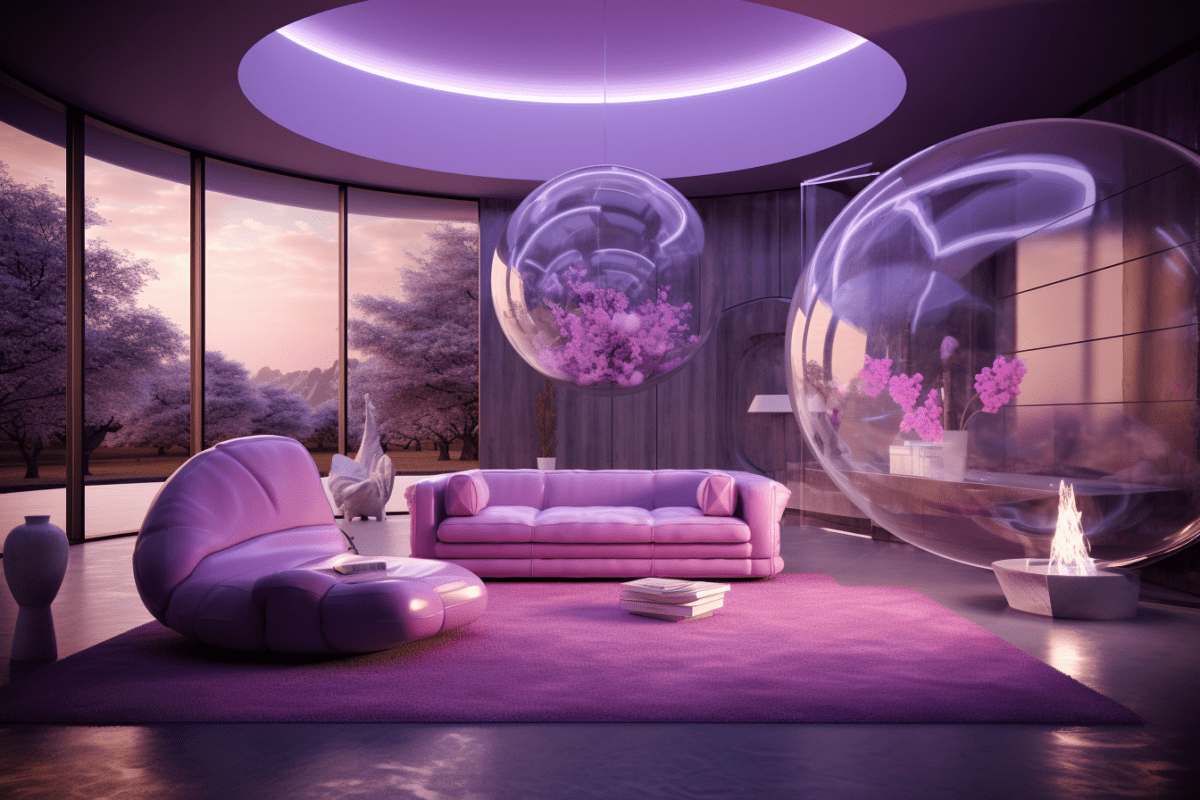
- VR and AR Experiences
Architects can now immerse themselves and customers in virtual walkthroughs of their designs through the advancement of virtual reality (VR) and augmented reality (AR) technology. The transition from passive watching to interactive exploration has influenced how building projects are illustrated and communicated.
The Future of 3D Rendering: Upcoming Innovations
Architectural rendering is on the forefront of evolution with cutting-edge technology redefining how architects, designers, and customers visualize and express architectural concepts.
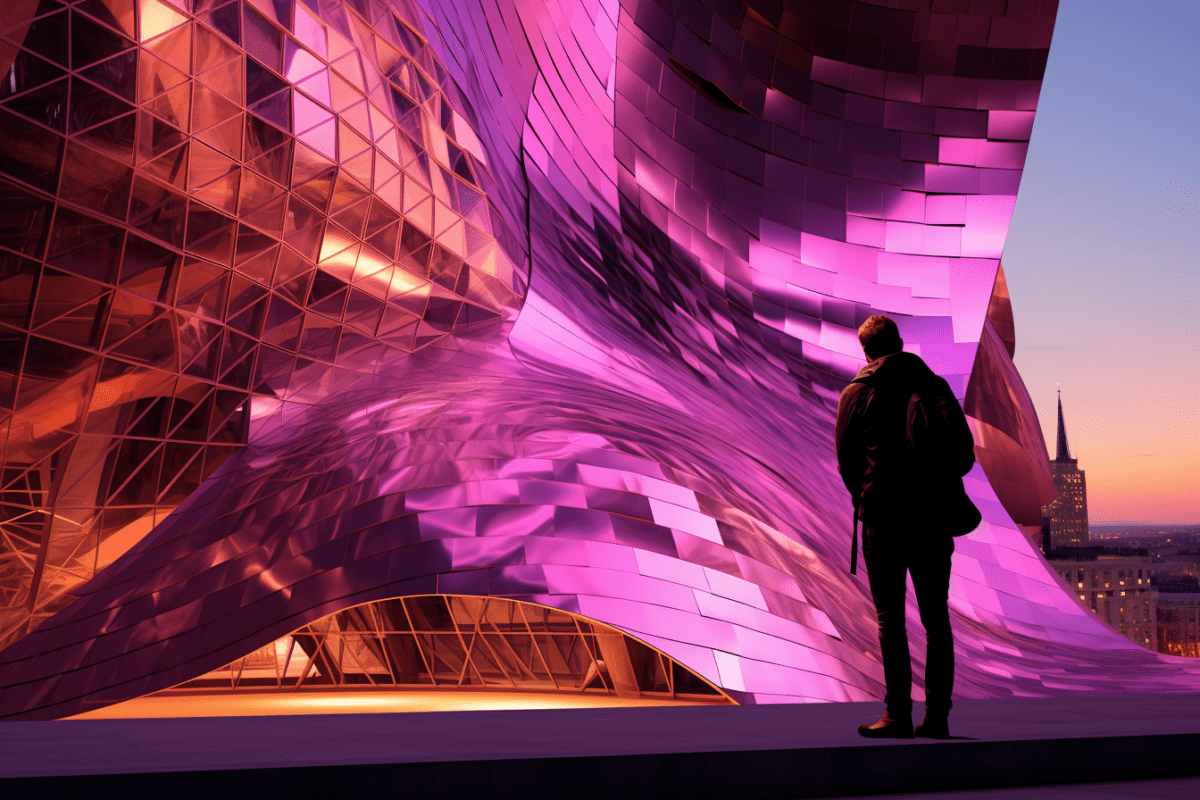
These advancements in architectural visualization offer the potential to push boundaries of realism, interaction, and efficiency. Several forthcoming technologies that will shape the future of 3D rendering and architectural visualization are discussed below:
- Integration of AI in 3D Rendering
Artificial intelligence is transforming architectural rendering. AI systems can automatically optimize animated renderings by analyzing design criteria and user preferences. This significantly reduces the time taken to create 3D representations and visualizations. Furthermore, AI is useful in the generation of more realistic lighting models and the optimization of material properties.
- High-Fidelity Material Scanning
Accuracy in material representation in 3D renderings plays an important role for achieving realism. Builders will be able to record actual material features and textures with extreme accuracy through high-fidelity material scanning and production technology.
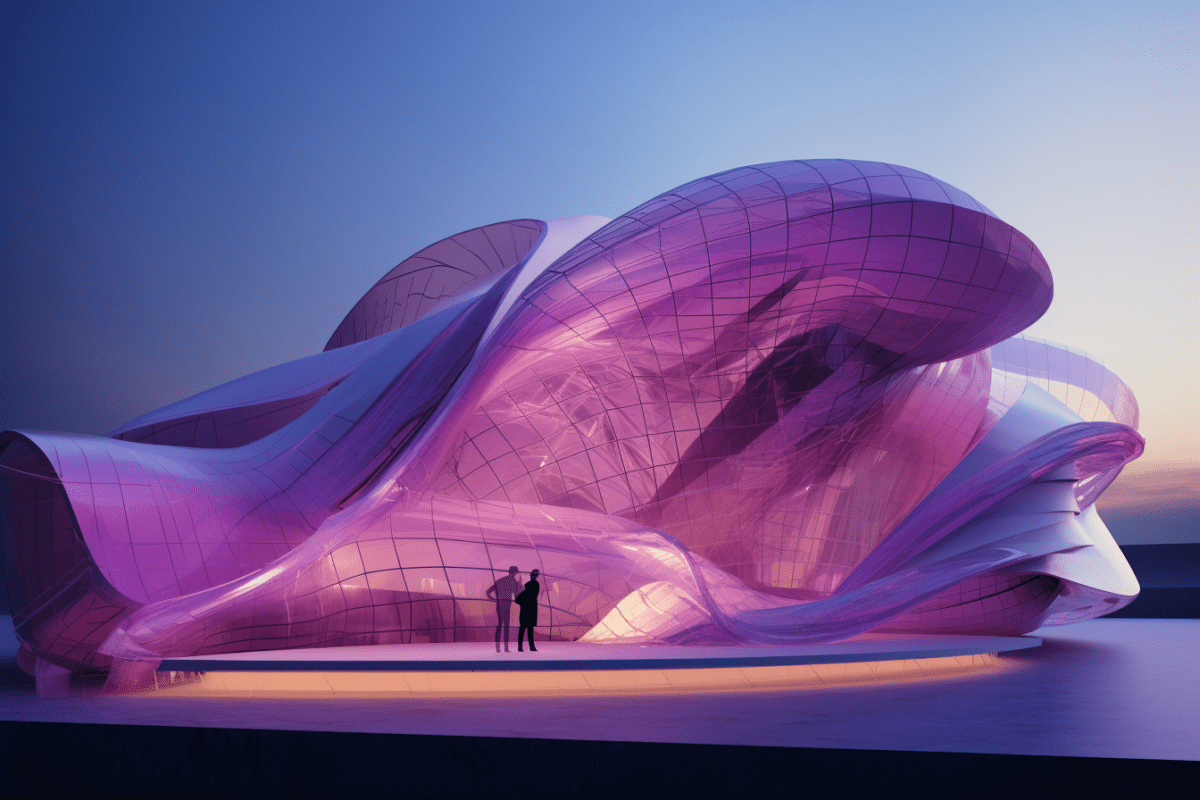
- Advanced Ray Tracing
Modernization in ray tracing has the potential to transform architectural rendering by offering quick input on lighting, reflections, and shadows. Architects and designers will be able to modify lighting conditions in real time, allowing them to make design decisions based on accurate and dynamic simulations.
- Cloud-Based 3D Rendering Services
By outsourcing the computational work to remote servers, cloud-based rendering services are democratizing high-quality 3D renderings. This minimizes the need for expensive technology and speeds up rendering times, allowing architects to conceptualize, visualize, and create structures faster. In addition, cloud rendering improves collaboration as stakeholders can view and evaluate drawings from any location.
- Mixed Reality Integration
Through seamlessly merging digital and actual worlds, the convergence of VR and AR into mixed reality will transform architectural rendering. Architects will be able to demonstrate digital models in real-world situations via mixed reality experiences, adding a layer of tangibility to architectural concepts and altering how 3D visualizations are represented.
- Realistic Animation and Cinematics
Hyper-realistic animations combine advanced rendering techniques with narrative storytelling, allowing architects to display projects in dynamic and engaging ways. These cinematic animations can recreate the time of day, weather conditions, and human interactions, giving clients and other stakeholders a complete picture of how a place will appear and function.
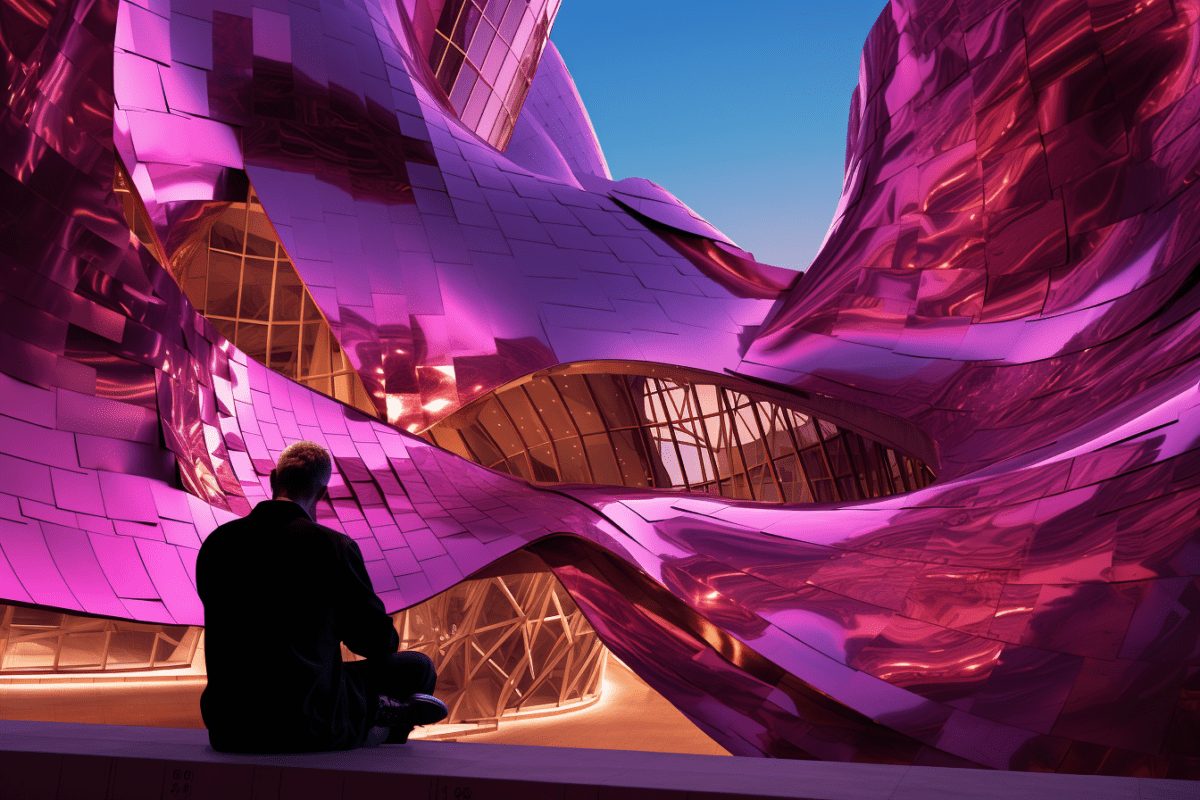
Final Words
The next decade of 3D rendering is projected to be a period of astonishing development. From AI-powered rendering to virtual reality integration and quantum computing, the possibilities are endless.
As technology improves, it will not only disrupt industries, but it will also influence how architects perceive and interact with the digital world. This fascinating journey will be shaped by the intersection of cutting-edge technology, artistic vision, and ethical issues, providing new potential for creativity and innovation.

